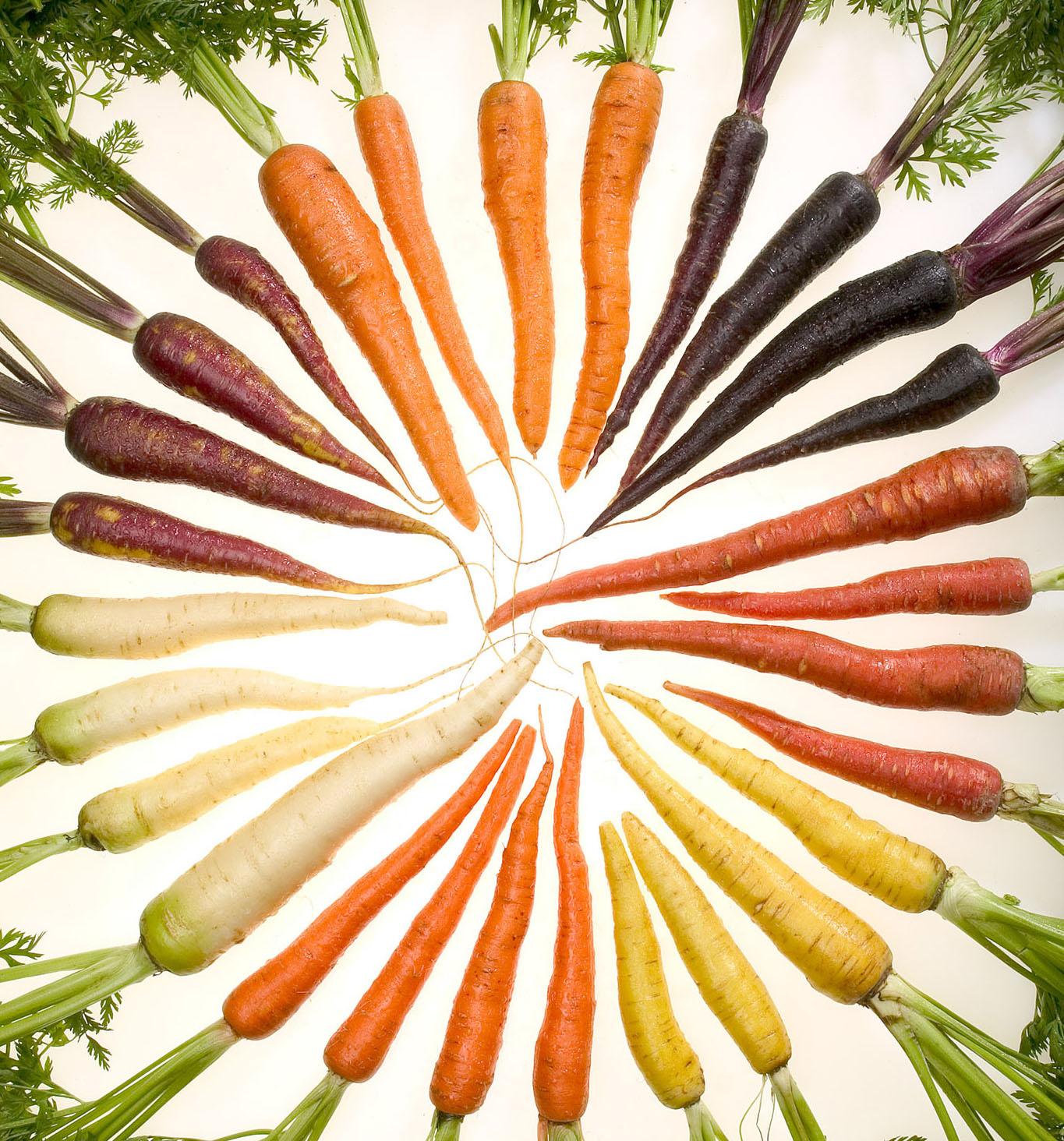Actually, there are studies that show cupping to be effective. One of these included 50 people with chronic neck pain, who received either cupping or no treatment for two weeks. Among those who received cupping, there was significant pain relief and improvement of the Short Form Health Survey scores for body pain. Another study that also involved 50 people with chronic neck pain compared cupping to standard medical treatment. Both resulted in equal, significant improvements in pain, functional disability and quality of life, so the only deciding factor is the all-important personal choice. Yet another trial, this time involving 40 people with neck pain caused by looking at video screens at work, randomised them into either cupping or use of a heating pad. Cupping was superior to heating pads in relieving pain and discomfort. In one trial comparing cupping, done at home, to muscle relaxation on 61 people with chronic neck pain, both significantly reduced pain. However, cupping was more effective in boosting wellbeing and improving pressure pain thresholds. Impressive considering that it was performed by family members, not Traditional Chinese Medicine practitioners. One of the reasons why I studied naturopathy and not TCM was how precise you have to be with points and meridians.
 |
| Semi-relevant Tang Dynasty (8th century) painting. |
Don't have neck pain, but suffer from back pain instead? An uncontrolled (but still valid, life isn't controlled) trial of 21 people with lower back pain had cupping therapy in an attempt to treat their condition. On average, they saw significant improvement in pain pressure threshold, as well as pain while doing a straight leg raising test and testing lumbar flexion range of motion.
What about osteoarthritis? Symptom relief was more pronounced in the cupping group when one trial tested it against no treatment in patients with knee osteoarthritis. In a second study, cupping showed more benefit than taking acetaminophen at a dose of 650mg, three times a day. These benefits were especially superior in relief of pain, swelling, stiffness and disability.
As for meta-analyses of trials, one looked at seven randomised trials of cupping in the treatment of pain. Six of the seven showed significant (related to the treatment) positive effect, including two for lower back pain and two for brachialgia. Brachialgia is pain in the arm commonly caused by a pinched or compressed nerve. The researchers concluded that cupping was found to be effective compared to conventional treatment. Another review on research into cupping also found that it is an effective treatment. The authors proposed that some of the benefit is caused by improved blood and lymph flow, immune system activation and nerve stimulation. So all of this research in fact validates the therapy choices of some athletes; cupping is not a silly trend.



